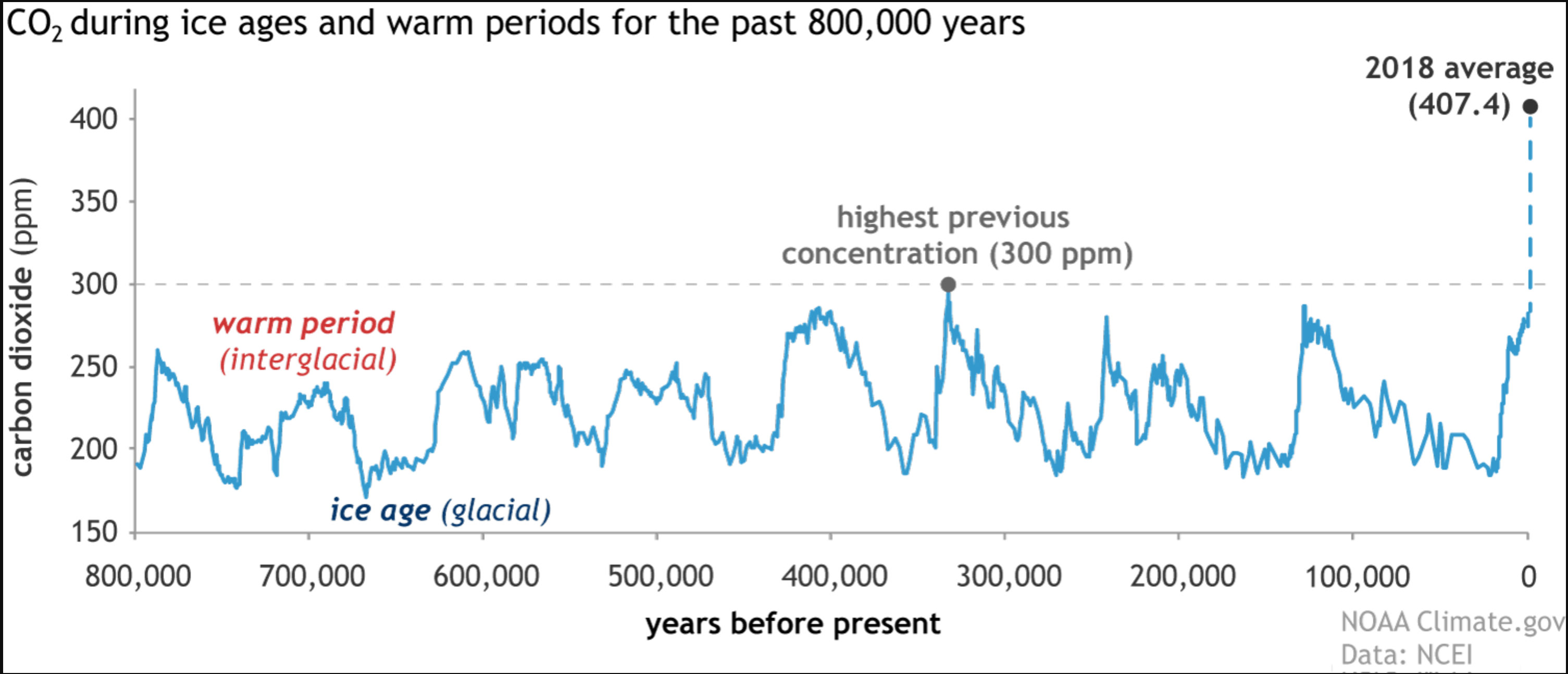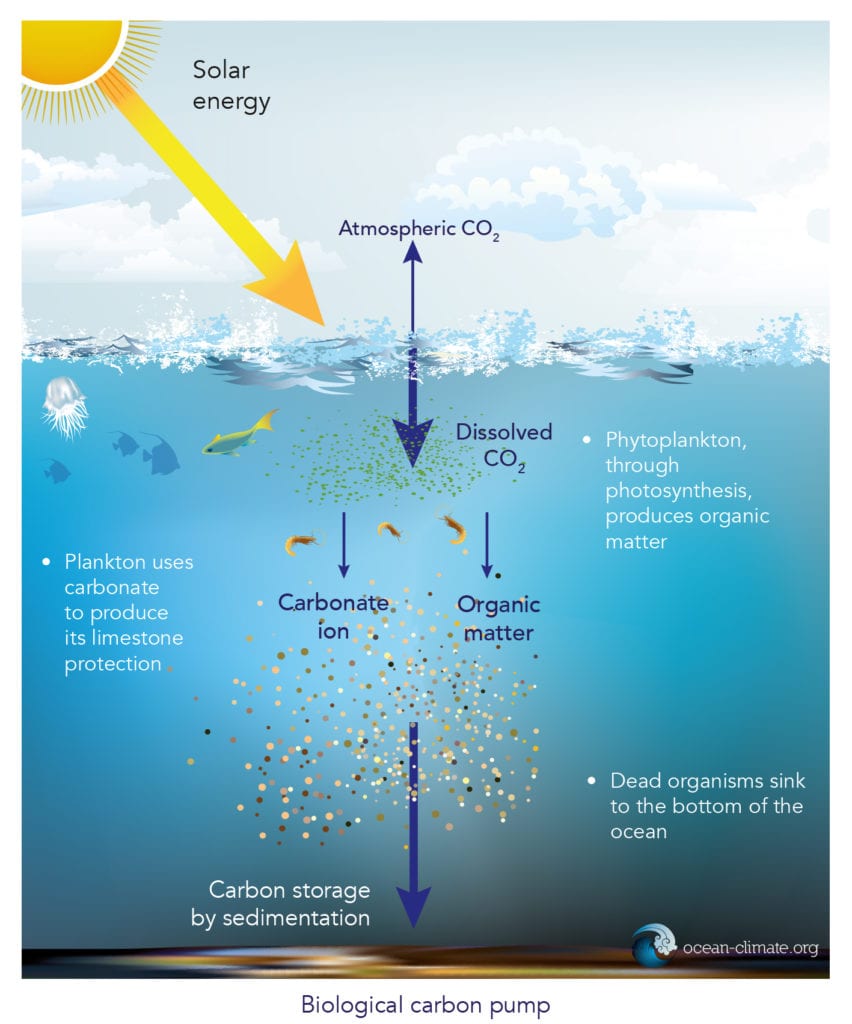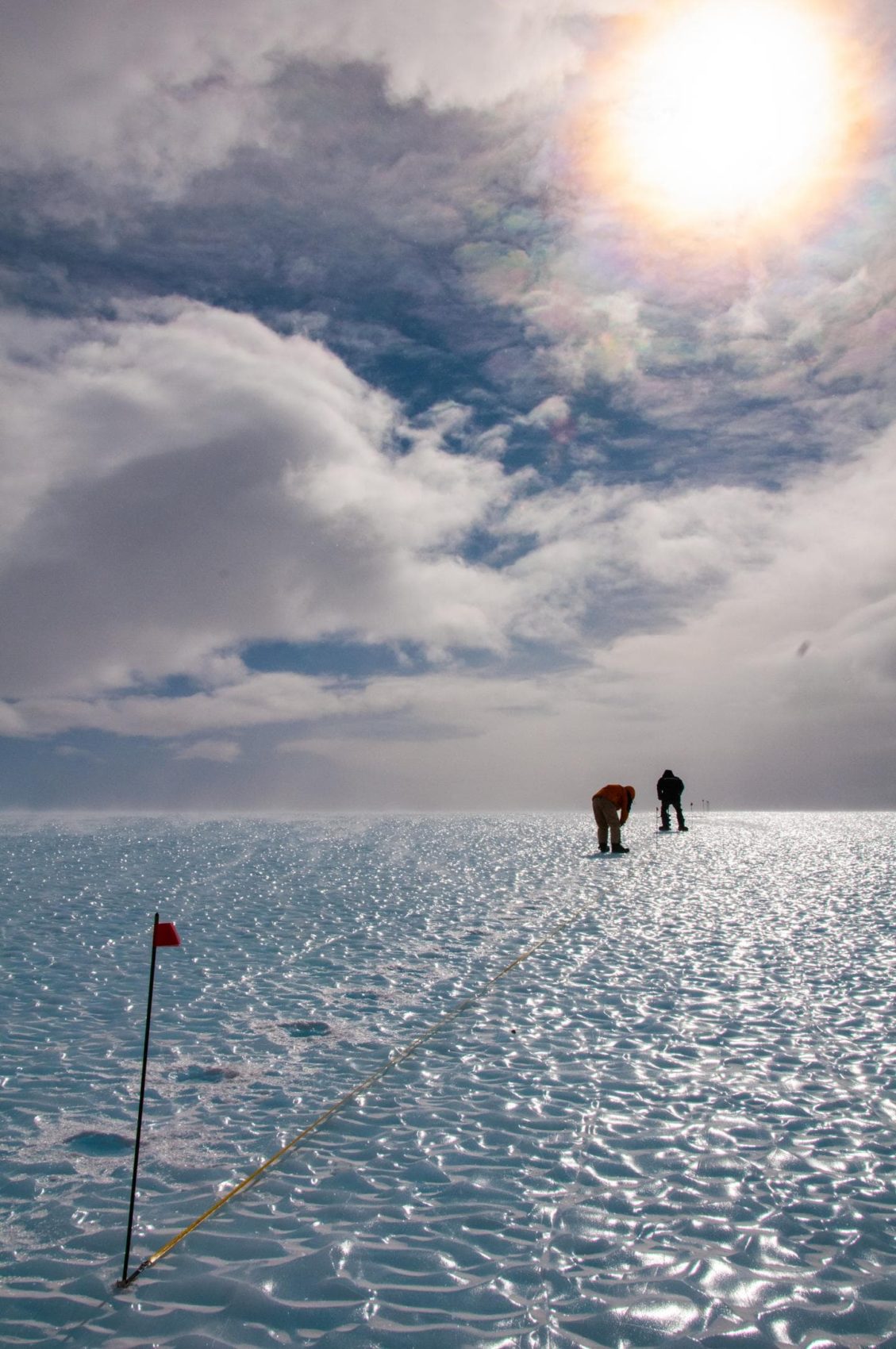
The Southern Ocean occupies 14% of the Earth’s surface, and it is one of the biggest carbon sinks capturing about half of all human-related carbon in oceans to date. It plays a critical role in the global carbon cycle and in the Earth’s climate. Now, a new study of blue ice from scientists at UNSW and Keele University has found that the Southern Ocean’s role in moderating carbon dioxide levels could be vital in future climate models and in understanding atmospheric CO2 levels.
What’s a carbon sink? A carbon sink is a forest, ocean, or other natural environment defined by its ability to absorb and store carbon dioxide from the atmosphere. In the case of the Southern Ocean, there is a period 14,600 years ago that lasted for 1,900 years where CO2 levels plateaued which can be explained by blue ice in Antarctica.

Understanding why this plateau occurred could be crucial to future climate projections. To understand this plateau, scientists running the new study went to the Patriot Hills Blue Ice Area of Antarctica. Here, the scientists were able to simply walk across the ice and take samples as opposed to having to drill deeply to access data from thousands of years ago.

How is this possible? In this particular area, blue ice is created when high winds erode the top layer of snow which exposes the ice below. Subsequently, ice flows up from below which allows scientists to access the ancient ice.
When looking at the ice, researchers were specifically looking at organic biomarkers and DNA that blew over from the Southern Ocean. They discovered that there was an increase in the number and diversity of marine organisms during the 1,900-year period when atmospheric CO2 plateaued. This means that when Southern Ocean sea ice expands this may also result in more marine organisms which will then capture more carbon dioxide. These findings will be crucial to understanding how the Southern Ocean will moderate and affect atmospheric carbon dioxide levels in the future.